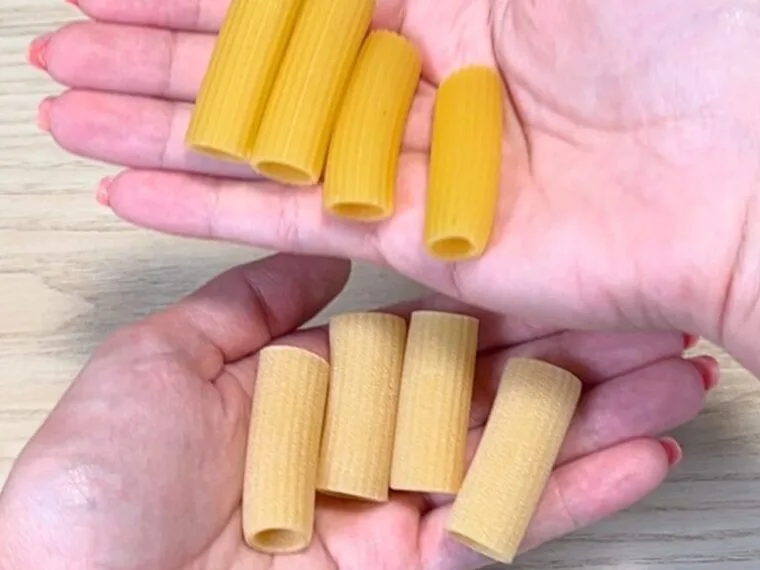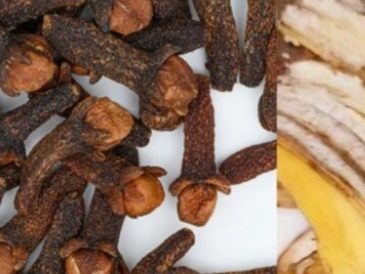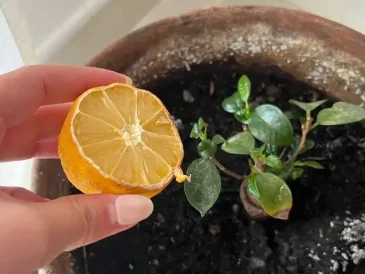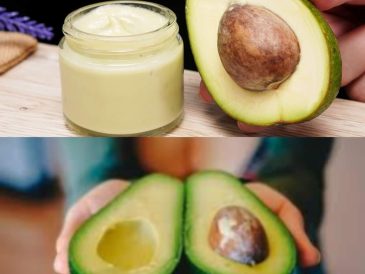If you’ve ever noticed that raw pasta can range from light to dark in color, you’re not alone. The difference in pasta’s hue can be explained by several factors, including the type of wheat used, the quality of the flour, and the milling process. One significant compound that plays a role in this color variation is furosine.
What is Furosine?
Furosine is a chemical compound that forms during the processing of wheat, particularly when the grain is roasted or undergoes high-temperature milling. When wheat is processed, especially under certain conditions, furosine can be produced in higher amounts, which may lead to darker-colored pasta.
Factors That Affect Pasta Color
While furosine is an important factor, it’s not the only one influencing the final color of your pasta. Here’s a breakdown of other key factors that can affect raw pasta color:
- Type of Wheat: Different wheat varieties contain varying levels of carotenoids and pigments, which directly influence the pasta’s color. For example, durum wheat, often used for pasta, may result in lighter pasta compared to other wheat types.
- Milling Process: The way the wheat is milled also plays a role. Finer milling tends to produce lighter-colored flour, while coarser milling can result in a darker flour. Whole grain flours, which retain more of the wheat’s natural components, usually yield darker pasta.
- Moisture Content: The amount of moisture in the flour when it is processed can also affect pasta’s color and texture. Higher moisture levels may contribute to a softer, potentially darker pasta.
- Storage Conditions: Pasta can change color over time, especially if it is stored improperly. Exposure to light, heat, or humidity can cause chemical reactions in the pasta, altering its original color.
In Summary
Furosine is one of several factors that can make raw pasta appear darker, but other variables like the type of wheat, the milling process, moisture content, and storage conditions all contribute to the final color of your pasta. The next time you cook pasta, you might consider these factors that go into creating the pasta’s distinctive look before it even hits the pot!




